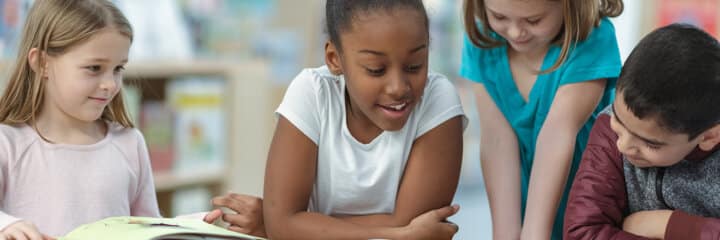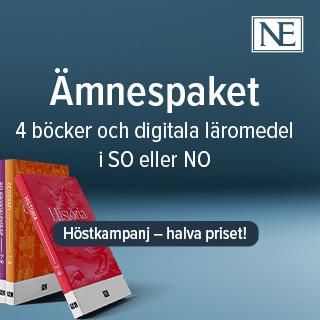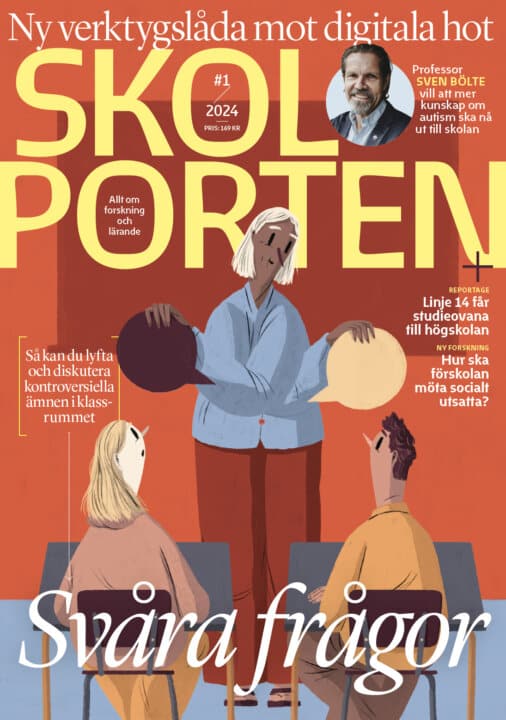Barn, naturvetenskap och könande processer i förskolan
Vilka möjligheter och begränsningar skapar könande processer när det kommer till olika barns utforskande tillsammans med naturvetenskapliga fenomen? Det är en av frågorna som Anna Günther-Hanssen undersöker i sin avhandling.
Anna Günther-Hanssen
Professor Anna Danielsson, Uppsala universitet Kristina Anderssson, KTH, Anna Jobér, Malmö universitet
Docent Bodil Sundberg, Örebro universitet
Uppsala universitet
2020-09-11
Barn, naturvetenskap och könande processer i förskolan
Emergent science and gendering processes in preschool
Institutionen för pedagogik, didaktik och utbildningsstudier
Emergent science and gendering processes in preschool
The aim of this thesis is to explore how scientific phenomena, together with other agents (human and nonhuman) in preschool, participate in and co-create gendering processes as well as children’s emergent scientific explorations. These are seen as mutual processes emerging in the daily doings and routines in preschool. As a theoretical and methodological foundation, a new materialist perspective drawing on Karen Barad’s (2007) theory of agential realism and diffractive methodology were used, as well as de Freitas and Palmer’s (2016) notion concerning how scientific concepts can work as creative playmates in children’s explorations. The thesis includes four papers that build on data conducted during a field study in a Swedish preschool, together with 25 five year-old children and three teachers. Participant observations, including video recordings and field notes were made over a period of 5 months. The results show that, if and how children get to engage with emergent science is linked to if and how they manage to occupy space and co-act with different materials. As the children were co-acting with different materials, scientific phenomena could make themselves known and intelligible to the children. This means that becoming scientific is something that is enabled in entanglements. One important result connected to this is that these entanglements can include ways and agents not commonly thought of as “scientific”, such as a drawing table, hearts, and feminine discourses. Another result is that even though girls and boys explore together within the same activity, this does not automatically lead to a situation that is more equal. From these results I discuss how children’s emergent scientific explorations are always part of larger, gendered processes. I also discuss the importance to highlight how science in preschool can be “done” in various ways. Otherwise there is a risk that the false picture could be created that some children, already at preschool age, are more “suitable” for science, while others are created as “less suitable”, just as can occur in school and higher education. Furthermore, during the discussion I show how scientific phenomena can work as tools for teachers to approach gendering processes together with.
Relaterade länkar

Fritidshem
 Åk F–6
Åk F–6 Matematikångest
 Åk 4–Vux
Åk 4–Vux 






